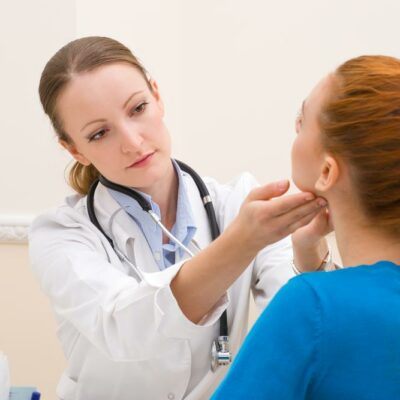
Health
All you need to know about non-Hodgkin’s Lymphoma
Non-Hodgkin’s lymphoma is a group of blood cancers that start in the lymphocytes, the white blood cells that are a part of the immune system of our bodies. Cancer starts by affecting the body’s lymphatic system, which helps the body fight infections and also aids in the movement of fluids in the body. It is different from Hodgkin’s lymphoma, which is treated in a different manner. Non-Hodgkin’s lymphoma mostly affects adults but children can get it too. Cancer can begin in any part of the body where lymph tissue is present, but sometimes it can also affect the skin. Some of the parts of the body where the lymph tissue is present are Lymph nodes Lymph nodes or lymph glands are oval-shaped tissue masses that protect the body from infection and cancer. Connected by a system of lymphatic vessels, they are present in several parts of the body, including the abdomen, chest, pelvis, etc. When a person is having non-Hodgkin’s lymphoma, the lymph nodes become enlarged and swollen. Adenoids and tonsils These are present as lymph tissue in the back of the throat. The tonsils are part of the immune system and act similar to the lymph nodes. They create antibodies that fight against germs that a person may have swallowed or breathed in.
Read More 















